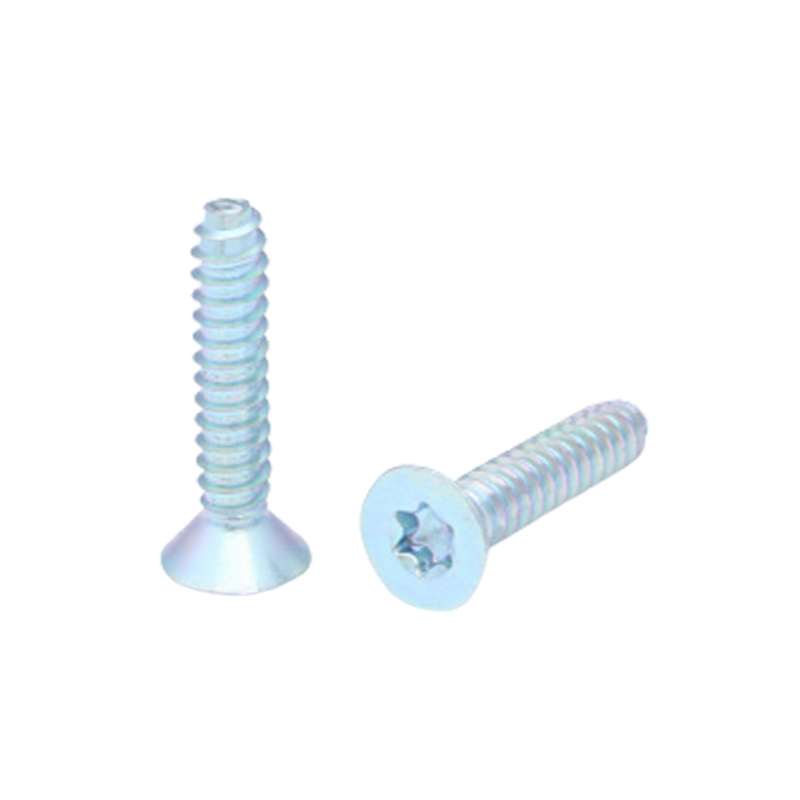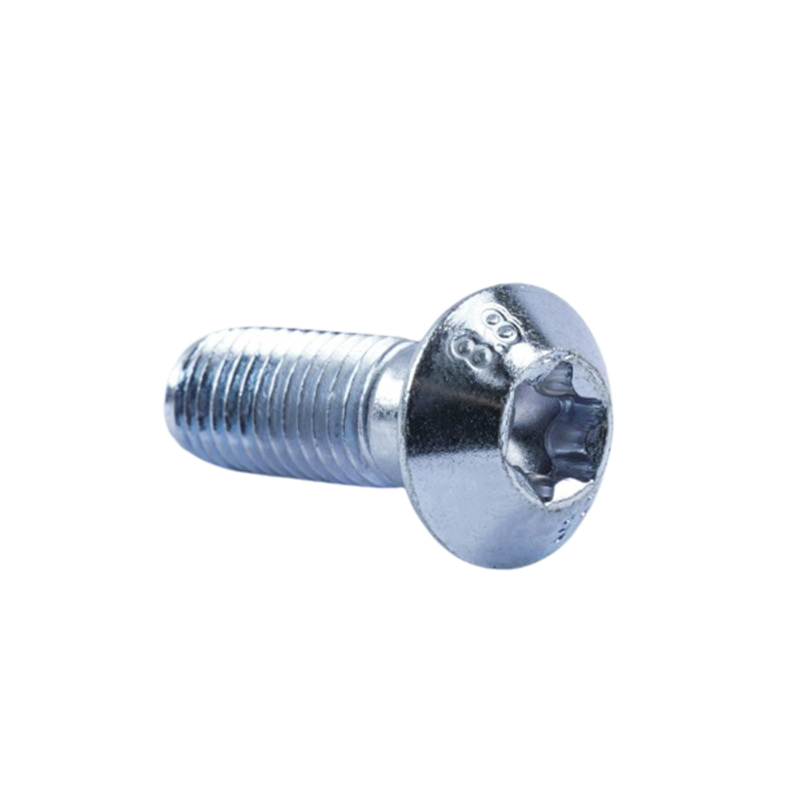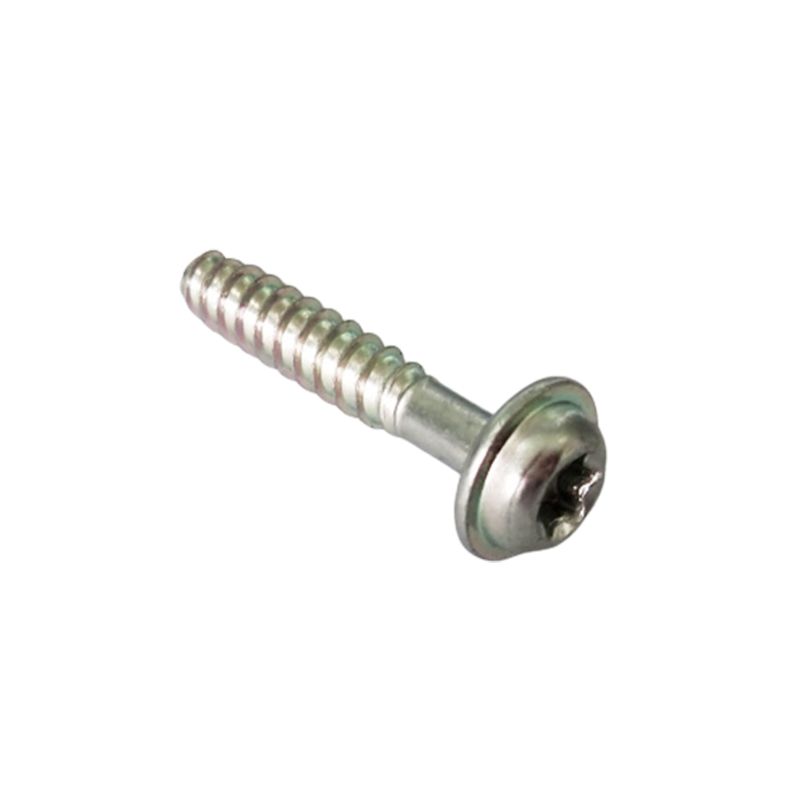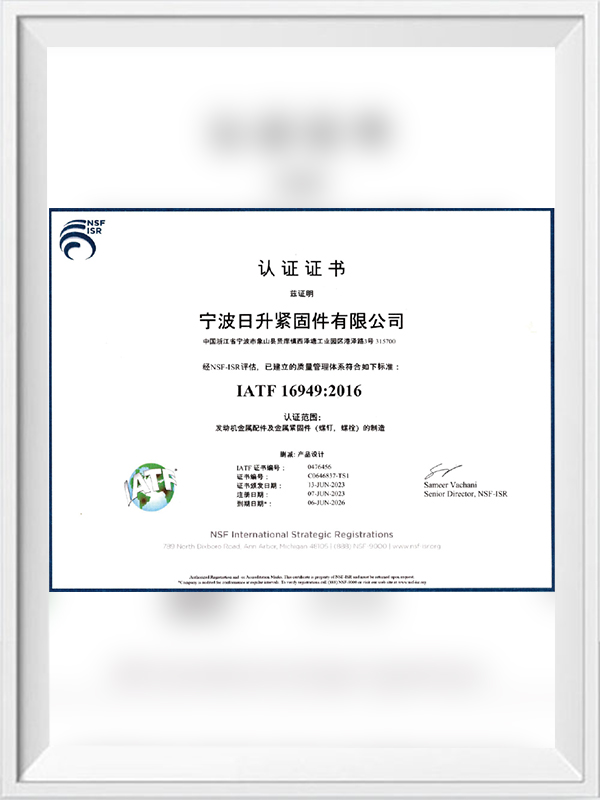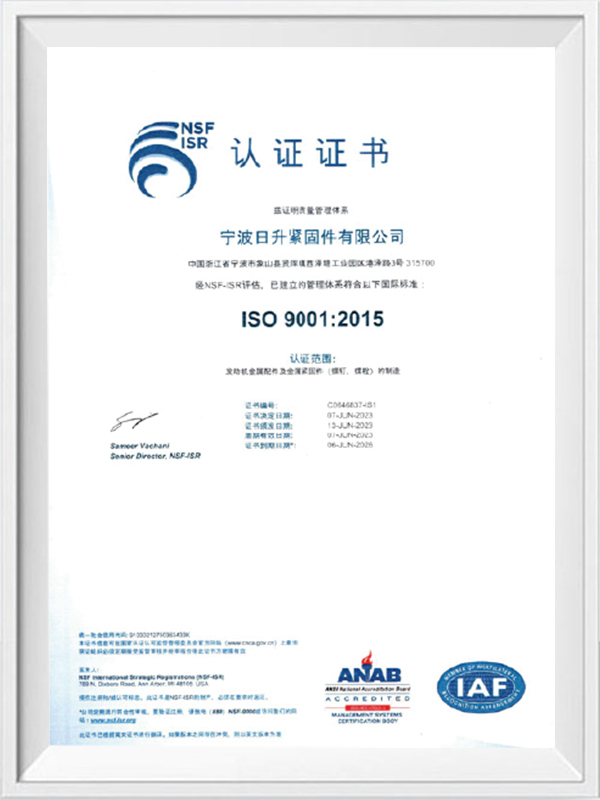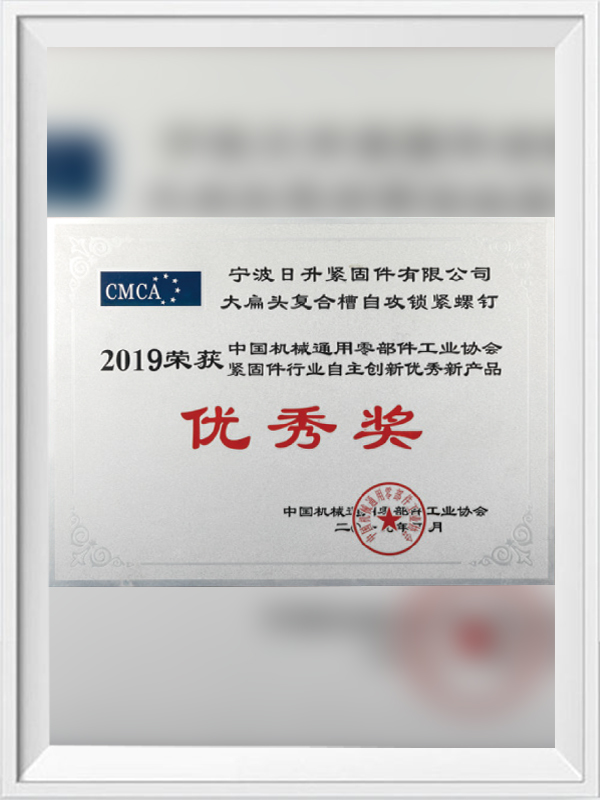1.What is the difference between Torx drive and Hex drive (Hex) in terms of torque transmission and use?
There are significant differences in the design and application of Torx drives and Hex drives (Hex) in terms of torque transmission and use. Torx drives are distinguished by their unique hexagonal design, with multiple protrusions on the interior that create a tight fit with the screw head to efficiently transmit more torque. This design not only reduces the risk of slippage and screw head damage under high torque, but also improves operational stability and safety. Therefore, Torx drives are particularly suitable for areas where assembly accuracy and durability are critical, such as automotive manufacturing, aerospace and mechanical engineering.
In contrast, hex drives (also known as Allen drives) are known for their simple hexagonal hole design. This design is suitable for applications in the lower to medium torque range, such as furniture assembly, electronic equipment and general mechanical repair. Hexagonal drives are widely used in routine maintenance and assembly and are easy to operate and cost-effective, but their performance may be limited where higher torque is required or where torque transmission is more stringent.
In practical applications, engineers and technicians usually choose the appropriate drive type based on specific project needs and working environment. Torx drives excel when high frequency and high load operations are required due to their ability to maintain efficient torque transmission over long periods of time without damaging the screw head or the drive itself. This characteristic makes Torx drives widely used in the assembly process of industrial machinery, aerospace engineering, and high-precision instruments, ensuring the safety and quality stability of the assembly process.
Although hexagonal drives have their advantages in terms of ease of operation and cost control, they may require more maintenance and attention under high loads and frequent use. Its design is simple and economical, suitable for general and small to medium-sized assembly and maintenance tasks. For engineers, understanding and correctly selecting a Torx drive or hex drive is not only about assembly efficiency and quality, but also long-term operating costs and the overall reliability of the equipment.
2. How to correctly select and use Pan Torx screw driver?
Selection and correct use of Pan Torx screw drivers is critical to ensuring work efficiency and avoiding equipment damage. Pan Torx screws are screws that use a Torx driver, and their special hexagonal design makes them excellent in torque transmission and operational stability. Below are some key steps and recommendations to help engineers and technicians correctly select and use Pan Torx screw drivers.
Pan Torx screw heads are available in different specifications, such as T10, T15, T25, etc., and each specification corresponds to a different size drive. Choosing an incorrect size may result in the drive not being fully inserted into the screw head or being unstable after insertion, which not only affects operating efficiency but may also damage the screw head. So before starting any work, make sure you know and match the correct Torx drive dimensions.
The quality and durability of the drive are also crucial. Quality Torx drives are typically made from durable materials that can withstand high torque without being easily damaged. In industrial and technical fields, operations often require long periods of time or frequent use, so choosing good quality drives can effectively reduce the frequency of maintenance and replacement while ensuring continuous work.
When using Pan Torx screw drivers, it is very important to ensure that the driver is fully inserted into the screw head. Incomplete insertion may result in drive slippage or unstable torque transmission, which not only affects the precision of operation but may also result in damaged screw heads or difficult removal procedures. To ensure safety and work quality, always ensure the drive is fully inserted and take appropriate operating steps to apply and control torque.
When applying torque, be sure to operate within the rated torque range of the screw head. Over-tightening a screw may not only damage the screw head, but may also cause the screw or connection to deform or crack. Therefore, it is recommended to use a torque wrench or other torque control tools to ensure precise and safe torque application and avoid unnecessary damage and repairs.
Regularly cleaning and maintaining your drive is also a critical step in maintaining its performance and longevity. Particularly where the working environment may affect the tool, such as dust, corrosion or chemicals, regularly cleaning the drive and regularly checking its condition will help extend its life and ensure stable operation.
If a drive is found to be damaged or failed, it should be replaced promptly to avoid further problems and loss of work efficiency. Timely maintenance and replacement of tools is one of the key steps to ensure continuous work and operational safety.



